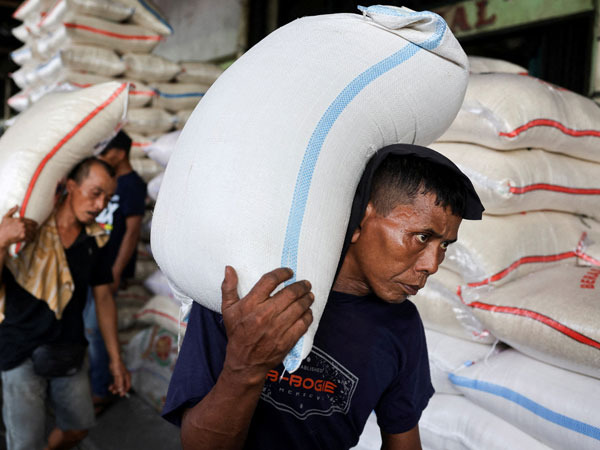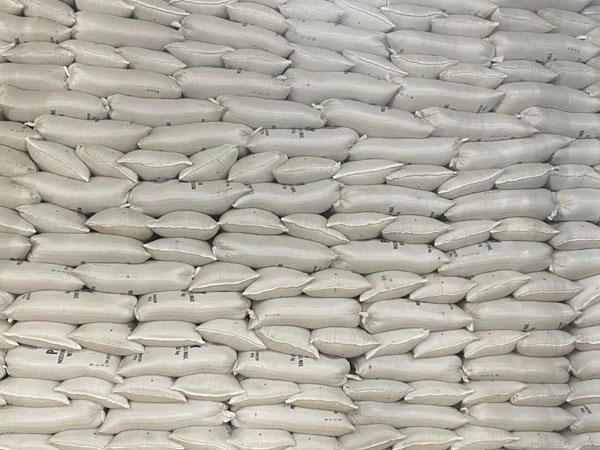 Rice is politically central but economically stagnant, consuming vast fiscal resources while failing to deliver prosperity for farmers or affordable food for consumers.
Rice is politically central but economically stagnant, consuming vast fiscal resources while failing to deliver prosperity for farmers or affordable food for consumers.
Rice has always been more than just food for Indonesia. It is the heartbeat of the economy, the anchor of political legitimacy and the ultimate symbol of stability. For decades, successive governments have poured resources into ensuring rice availability and price stability, convinced that “without rice, there is no Indonesia”.
But what once was a source of strength has now become a trap. Rice is politically central but economically stagnant, consuming vast fiscal resources while failing to deliver prosperity for farmers or affordable food for consumers. Unless Indonesia finds the courage to rethink its rice policy, it risks locking itself into a low-productivity, subsidy-heavy equilibrium that undermines broader agrifood transformation.
This dilemma is not new. In the early 1970s, Soemitro Djojohadikusumo, father of President Prabowo Subianto , when he was trade minister, warned against relying exclusively on rice. He proposed building wheat-processing plants in Indonesia, a controversial idea at the time. Critics argued that wheat was alien to Indonesian diets and would divert resources from rice. But Soemitro had foresight: he understood that no country of Indonesia’s size could achieve food security by relying on a single staple.














© Copyright 2025 The SSResource Media.
All rights reserved.